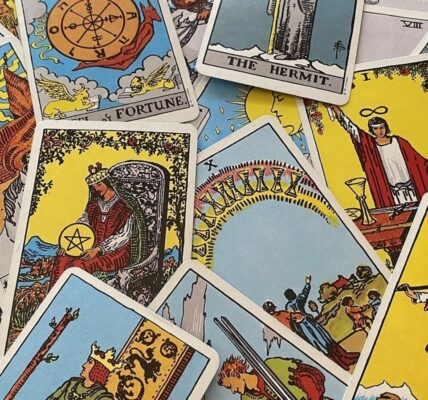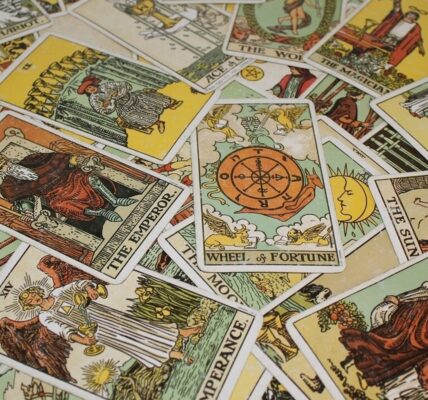A Regina artist has created a unique deck of tarot cards as a tribute to a friend.
Ron Ewenin-Wapemoose from Cowessess First Nation made the Treaty 4 tarot deck, which he showed at the Regina Comic Arts Festival last weekend, for his friend Clara Chief who died in 2020.
He said Chief taught him about working with acrylic paints.
“She was really into tarot cards; she used to come and do readings for me all the time,” he said.
“I knew it would honour her if I made a tarot deck dedicated to her.”
Ewenin-Wapemoose himself doesn’t do readings but said he gained an understanding of the meanings behind each of the 78 cards.
“I used a book of description but it had no illustrations, no pictures,” he said.
“I followed that and realized making a tarot deck about Treaty 4 and about Indian people, that our life was strife; we were the swords in the deck.”
In a traditional deck, the suit of swords represents intellect but if reversed, it represents sorrow and misfortune.
The Queen of Swords in Ewenin-Wapemoose’s deck has a red handprint over her mouth in reference to missing and murdered Indigenous women and girls.
Samantha Beatty, a Métis tarot card reader from Saskatoon, said the Queen of Swords is not someone to be messed with.
“She knows her worth and she knows how to speak her worth and she knows how to assert her boundaries,” she said.

She said the Queen of Swords that Ewenin-Wapemoose made has a good message.
“I think that’s perfect because we’re told not to say anything and … that is exactly what that is going against,” she said.
“She is very analytical, obviously she has emotion but sometimes she has to put that away so she can succeed and convey her words correctly.”
Personal journey
Ewenin-Wapemoose said the process was a personal one which took a lot of time, including a seven-month break after finishing the death card.
“I don’t know if it was right or not, but I made the death card after the stuff that happened in Nova Scotia,” he said, referring to the riots over Indigenous lobster harvesting in 2020.
“I put that guy wearing a cop’s hat and he has a shotgun instead of a scythe.”
Beatty said the death card is not usually about literal death.
“It’s about overcoming some kind of oppressor,” she said.
“With the reversal of the death card, they know that [a] change is coming but they’re resisting it.”
Ewenin-Wapemoose said he was also thinking about and remembering Chief, who he said helped start his artistic journey.
“She set me on a path mixing paint [when] I hadn’t started being an artist yet,” he said.
“She played a really big part in that. I really wanted to pay her the proper respects for that.”



